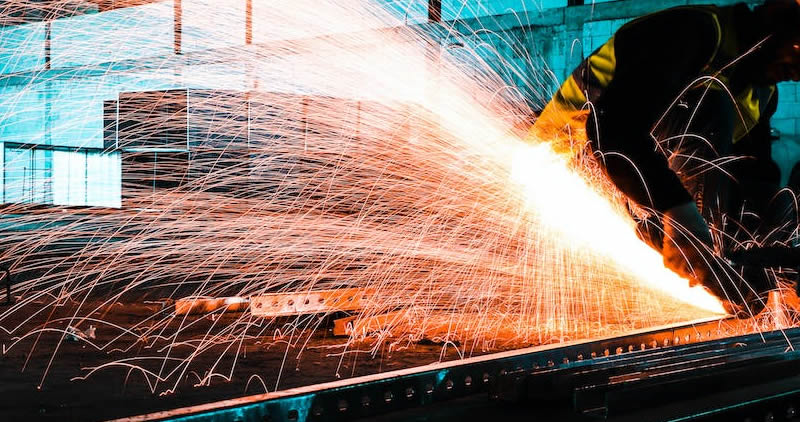In the realm of industrial manufacturing, the concept of energy efficiency in laser cutting has emerged as a significant focal point. Not only does it promise reduced operational costs, but it also aligns with global sustainability efforts. As industries strive to enhance productivity while minimizing their carbon footprint, laser cutting stands out as a pivotal technology. This article delves into the nuances of energy efficiency within laser cutting, highlighting its benefits, methodologies, and future potential.

Understanding Laser Cutting
Laser cutting is a precise and efficient method used to cut various materials, including metals, plastics, and more. It utilizes a high-powered laser beam to melt, burn, or vaporize the material, resulting in a clean and accurate cut. This technology has revolutionized the manufacturing sector due to its speed and precision.
Types of Lasers Used in Cutting
There are primarily three types of lasers used in cutting processes: CO2 lasers, fiber lasers, and Nd:YAG lasers. Each has its unique advantages and applications. For instance, fiber lasers are renowned for their energy efficiency and are often used for cutting metals like stainless steel.
The Importance of Energy Efficiency
In today’s industrial landscape, energy efficiency is more than just a buzzword. It represents a commitment to reducing energy consumption, thereby lowering costs and minimizing environmental impact. For laser cutting, this means optimizing the process to use less energy while maintaining high precision and speed.
Benefits of Energy Efficiency in Laser Cutting
- Cost Reduction: By using less energy, companies can significantly reduce their operational costs.
- Environmental Impact: Lower energy consumption translates to reduced carbon emissions, contributing to a greener planet.
- Enhanced Performance: Energy-efficient laser cutting systems often perform better, offering faster cutting speeds and higher precision.
Strategies to Enhance Energy Efficiency
To achieve optimal energy efficiency in laser cutting, several strategies can be employed. These include regular maintenance, using advanced software for optimization, and investing in energy-efficient laser systems.
Regular Maintenance
Keeping laser cutting machines in top condition ensures they operate efficiently. Regular maintenance checks can identify potential issues before they escalate, ensuring the machine uses energy effectively.
Advanced Software Solutions
Modern software solutions can optimize the laser cutting process, reducing energy consumption. These tools analyze cutting patterns and adjust parameters to ensure minimal energy use. For more insights, you can explore this overview of modern methods.
Investing in Energy-Efficient Lasers
Modern laser systems are designed with energy efficiency in mind. Investing in these advanced machines can lead to significant energy savings in the long run.
Challenges in Achieving Energy Efficiency
While the benefits are clear, achieving energy efficiency in laser cutting is not without its challenges. These include the initial investment cost, the need for skilled personnel, and the integration of new technologies.
Overcoming Initial Investment Costs
Investing in energy-efficient laser cutting systems can be costly. However, the long-term savings in energy costs often justify the initial expenditure.
Skilled Personnel Requirement
Operating advanced laser cutting systems requires skilled personnel. Companies need to invest in training to ensure their workforce can effectively utilize these machines.
The Future of Energy Efficiency in Laser Cutting
As technology advances, the potential for energy efficiency in laser cutting continues to grow. Future developments may include even more efficient laser systems, enhanced software solutions, and broader industry adoption.
Emerging Technologies
New technologies are constantly being developed, promising further improvements in energy efficiency. These include advancements in laser technology and new materials that can be cut more efficiently.
Industry Adoption
As more companies recognize the benefits of energy-efficient laser cutting, its adoption is expected to increase. This will drive further innovation and improvements in the technology.
Conclusion
In conclusion, energy efficiency in laser cutting is a critical consideration for modern manufacturers. By optimizing energy use, companies can reduce costs, enhance performance, and contribute to a more sustainable future. As technology continues to evolve, the possibilities for further improvements in energy efficiency are endless.

Frequently Asked Questions
What are the benefits of energy-efficient laser cutting?
Energy-efficient laser cutting reduces operational costs, minimizes environmental impact, and enhances cutting performance.
How can companies improve energy efficiency in laser cutting?
Companies can improve energy efficiency by maintaining their equipment, using advanced software solutions, and investing in energy-efficient laser systems.
What challenges exist in achieving energy efficiency?
Challenges include the initial investment cost, the need for skilled personnel, and integrating new technologies into existing operations.
This article contains affiliate links. We may earn a commission at no extra cost to you.

